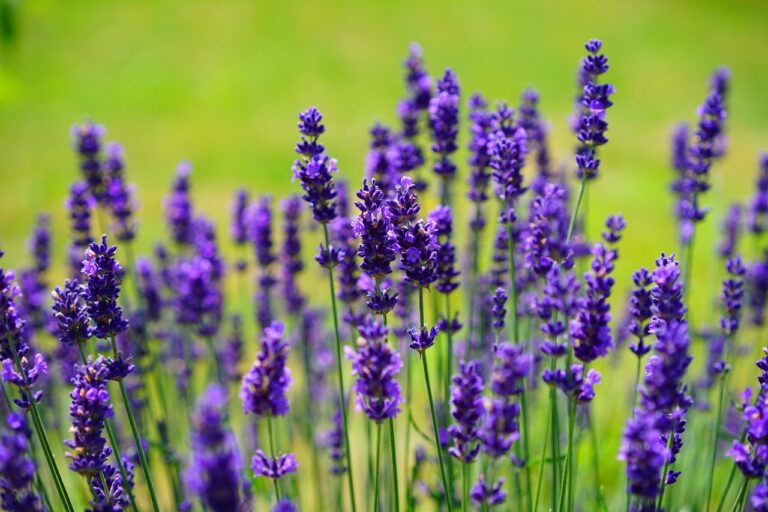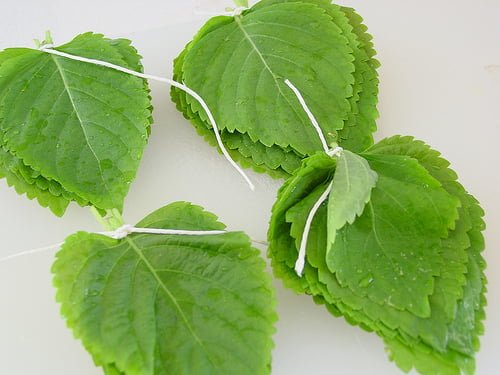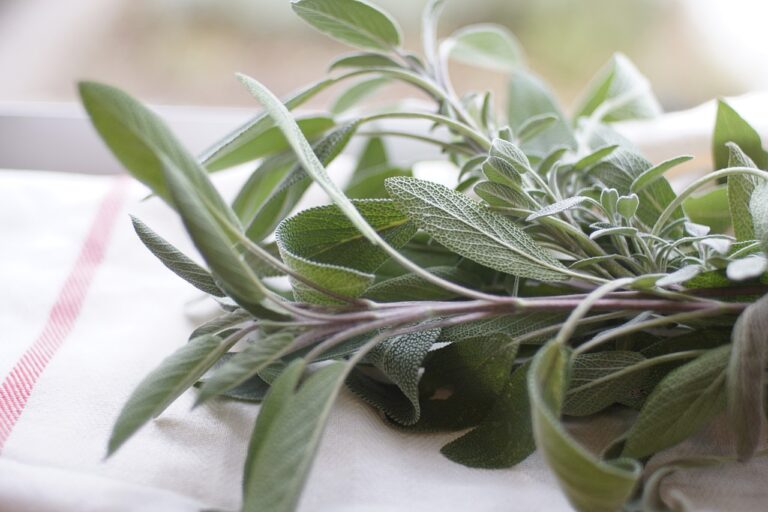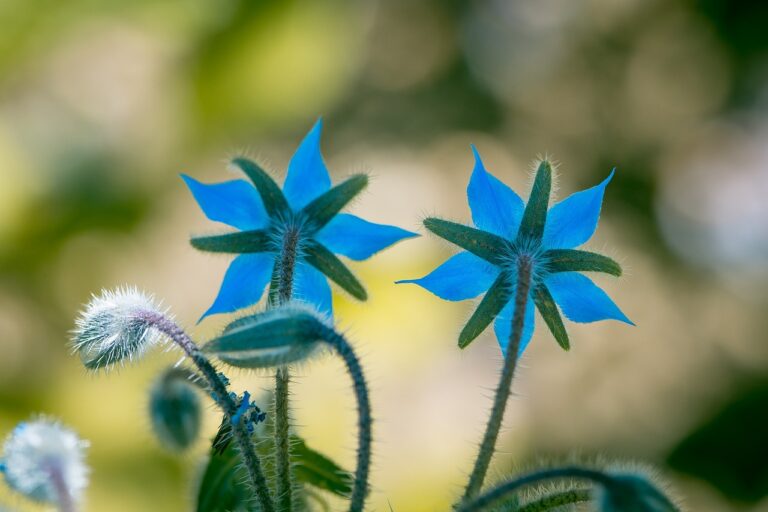Coriander Leaf (Cilantro)
I’m your guide to the world of Coriander Leaf, also known as Cilantro. This herb is packed with antioxidants like vitamin A and C for immune support and healthy skin. It’s a culinary gem, offering a fresh and citrusy flavor that pairs beautifully with various cuisines worldwide. From Mexican tacos to Thai curries, cilantro adds a zesty touch. Learn how to grow and harvest cilantro at home, and discover its rich historical background. Did you know cilantro’s versatility extends beyond the kitchen?
Health Benefits of Cilantro
Coriander leaf, commonly known as cilantro, offers a myriad of health benefits due to its rich nutritional profile, including antioxidants, vitamins, and minerals essential for overall well-being. Among its many advantages, cilantro is particularly rich in antioxidants like vitamin A, which plays an important role in boosting immune function and supporting vision health. These antioxidants help combat free radicals in the body, reducing oxidative stress and inflammation.
Moreover, cilantro is a great source of vitamin K, a nutrient essential for blood clotting and bone health. Adequate vitamin K levels are necessary for maintaining strong bones and preventing excessive bleeding. Incorporating cilantro into your diet can contribute to meeting the body’s requirements for this important vitamin.
In addition to antioxidants and vitamin K, cilantro also contains significant levels of vitamin C. This nutrient supports collagen production, important for healthy skin, wound healing, and overall immune function. Additionally, cilantro’s high water content aids in hydration and helps facilitate detoxification processes within the body, promoting overall health and well-being.
In essence, the health benefits of cilantro extend beyond just its culinary uses, making it a valuable addition to a balanced diet for overall health maintenance and disease prevention.
Culinary Uses of Coriander
I’m excited to delve into the culinary possibilities of coriander. The herb’s vibrant flavor complements a wide range of dishes, from aromatic herb pairings to zesty sauces. Incorporating coriander into different culinary creations can truly enhance the taste experience.
Flavorful Herb Pairings
In culinary uses, the invigorating flavor of cilantro harmonizes beautifully with a variety of herbs, enhancing dishes with a fresh and aromatic twist. Coriander seeds, when crushed, offer a warm, citrusy flavor that pairs excellently with the bright notes of cilantro leaves. The combination of mint, basil, and parsley with cilantro adds layers of freshness and herbaceousness to a dish. The unique flavor of cilantro’s leaves complements spices like cumin and chili powder, creating a harmonious balance between citrus and heat. When used alongside tangy ingredients such as lime juice and vinegar, cilantro contributes to a well-rounded flavor profile. Incorporating cilantro into herb blends like chimichurri and pesto enriches the overall taste with its invigorating and vibrant essence.
Coriander in Sauces
Increasing the complexity and depth of sauces, the inclusion of coriander introduces a vibrant and invigorating flavor profile that lifts traditional recipes to new heights. When incorporating coriander leaves in sauces, here are three ways they can enrich the culinary experience:
- Freshness: The vibrant, zesty notes of coriander leaves add a revitalizing and lively element to sauces like salsa, chutney, and guacamole.
- Versatility: Coriander leaves are a staple in Asian, South American, and Mexican cuisines, making them a versatile herb for adding depth and complexity to a wide range of sauces.
- Visual Appeal: Fresh coriander leaves not only enrich the flavor of sauces but also serve as a visually appealing garnish that enhances the overall presentation of the dish.
Growing Coriander at Home
How can one successfully cultivate coriander at home to guarantee a plentiful harvest of this versatile herb? Growing coriander, also known as cilantro, requires attention to detail and proper care. To start, select a sunny spot with well-drained soil for planting. Coriander is a cool-season herb that thrives in full sun, allowing it to develop its signature fresh and aromatic cilantro leaves.
When cultivating coriander, it’s important to provide regular watering to ensure healthy growth. However, as the plant matures and the seeds begin to develop, reduce the frequency of irrigation. This adjustment helps prevent overwatering, which can impact the quality of the coriander seeds.
As the coriander plant reaches about 6 inches in height, you can start harvesting the cilantro leaves for culinary use. The leaves are flavorful and can enrich a wide range of dishes with their unique taste. Additionally, when the coriander plant matures further, you can harvest the coriander seeds for future planting or spice use. Harvest the seeds when they turn light brown and dry, then store them in a cool, dark place to maintain their freshness and flavor.
Cilantro in Different Cuisines
Exploring the diverse culinary landscape, cilantro emerges as a prominent herb infusing a variety of global cuisines with its vibrant and herbaceous essence. This fresh cilantro is a versatile herb that finds its way into various dishes, offering a burst of flavor and aroma that heightens the culinary experience. Here are some intriguing ways in which cilantro is used in different cuisines around the world:
- Mexican Cuisine: In South American and Latin American cooking, cilantro plays a crucial role in dishes like tacos, salsa, and guacamole. The fresh cilantro adds a zesty and citrusy flavor, complementing the spiciness of chili peppers and the creaminess of avocado.
- Thai Cuisine: In Thai culinary traditions, cilantro is a staple herb used in soups, curries, and stir-fries. Its citrusy notes improve the overall flavor profile of dishes, providing a invigorating and aromatic touch to traditional Thai recipes.
- Indian Cuisine: Cilantro is a beloved herb in Indian cooking, where it is commonly used in chutneys, dals, and biryanis. Its distinct aroma and taste add depth to the dishes, creating a harmonious blend of flavors that is characteristic of Indian cuisine.
Harvesting Coriander Seeds
When harvesting coriander seeds, it is important to wait until the plant’s leaves have turned brown and begun to dry. This timing guarantees that the seeds are mature and ready for collection. Once the seed heads are cut and dried further, the seeds can be easily separated for storage.
Seed Ripeness Timing
When determining the right time to harvest coriander seeds, one should look for a light brown color on the plant, indicating ripeness. Here are some key points to take into account:
- Visual Clues: Coriander seeds are ready for harvesting when they have changed from green to light brown on the plant. This color change signals that the seeds have matured and are at their peak flavor potency.
- Dryness of the Plant: Harvesting coriander seeds should be carried out when the plant is completely dried out. This guarantees that the seeds are fully developed and ready for collection.
- Timing: The ideal time to harvest coriander seeds is typically in late summer or early fall. During this period, the seeds are at their best flavor and aroma profiles, making them perfect for culinary use or storage.
Drying and Storing
To properly preserve the flavor and potency of harvested coriander seeds, the essential steps of drying and storing must be meticulously executed. Harvest the coriander seeds when they turn light brown and start to dry on the plant. Cut the seed heads and hang them upside down in a paper bag to allow further drying. Once fully dried, thresh the seeds by rubbing them between your hands to separate them from the stems. It is essential to store the coriander seeds in an airtight container in a cool, dark place to maintain their flavor. Well-dried and properly stored coriander seeds can retain their aroma and taste for several months without losing their potency.
Seed Collection Methods
Harvesting coriander seeds involves collecting the seed heads when they reach a brown hue and begin to dry on the plant. Here’s how to do it effectively:
- Wait for the Right Time: Monitor the seed heads closely. When they start turning brown and feel dry to the touch, it’s time to harvest.
- Choose Your Method: You can either cut the entire seed head and hang it upside down to dry further or gently rub the seeds off into a container.
- Prevent Seed Loss: Be sure to collect the seeds before they shatter and scatter, as they are small and can easily be lost.
Historical Significance of Cilantro
With a heritage dating back to ancient civilizations, cilantro emerges as a botanical time traveler, tracing its roots through the annals of history. The leaves and stems of Coriandrum sativum, commonly known as cilantro or coriander leaf, have been utilized for centuries in various cultures for their distinct flavor and medicinal properties. In ancient Egypt, cilantro was cultivated in gardens and even found in the tombs of pharaohs, showcasing its significance in culinary practices and rituals.
This herb’s historical journey continued as it spread to countries like India and China, where it played a significant role in traditional medicine and cuisine. Cilantro’s aromatic leaves were not only used in pickling but also as a key ingredient in dishes, earning it the nickname ‘Chinese parsley‘ in some regions. The scientific name, Coriandrum sativum, derived from the Greek word for bug or gnat, reflects the herb’s potent aroma that sets it apart in the plant kingdom.
As Spanish conquistadors introduced cilantro to regions like Mexico and Peru, it quickly integrated into the local culinary landscape, becoming a staple in dishes like salsas and ceviche. The pungent and sweet-musky odor and taste of cilantro have made it a beloved herb with a rich historical significance that continues to influence global cuisine today.
Tips for Storing Fresh Cilantro
For best preservation of fresh cilantro, proper storage techniques are essential to maintain its flavor and quality. Here are three tips for storing fresh cilantro effectively:
- Trim and Water: Start by trimming the stems of the cilantro and removing any leaves that are damaged or wilted. Place the bunch in a glass of water, similar to a bouquet of flowers, and cover it loosely with a plastic bag. This method helps maintain hydration and freshness. Remember to change the water every few days to prevent wilting and spoilage.
- Damp Paper Towel: Another effective way to store fresh cilantro is by wrapping it in a damp paper towel before placing it in a resealable bag. The damp towel helps to maintain the herb’s crispness and prevents it from drying out too quickly in the refrigerator.
- Freezing Techniques: To prolong the shelf life of cilantro, consider freezing it. Use airtight containers or freezer bags to store the herb in the freezer. For convenient portioning in recipes, chop the cilantro and freeze it in ice cube trays with water. This method allows you to easily add cilantro to dishes without worrying about it spoiling.





